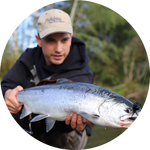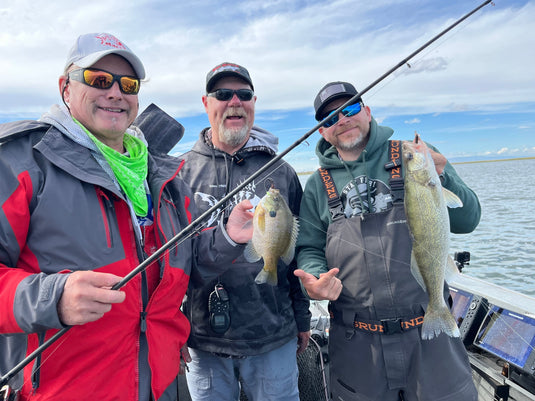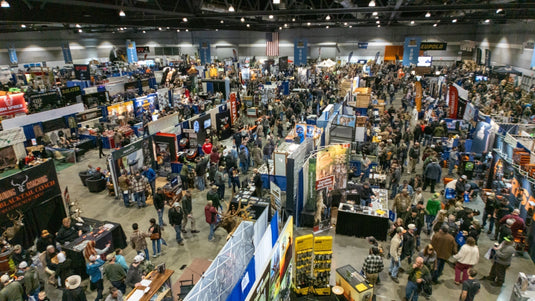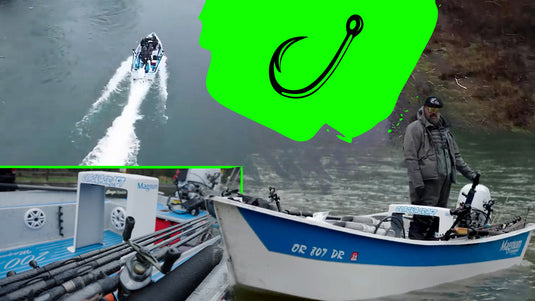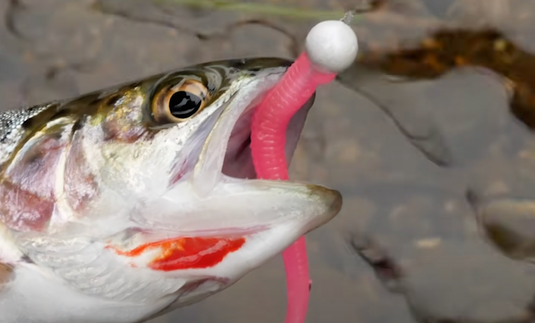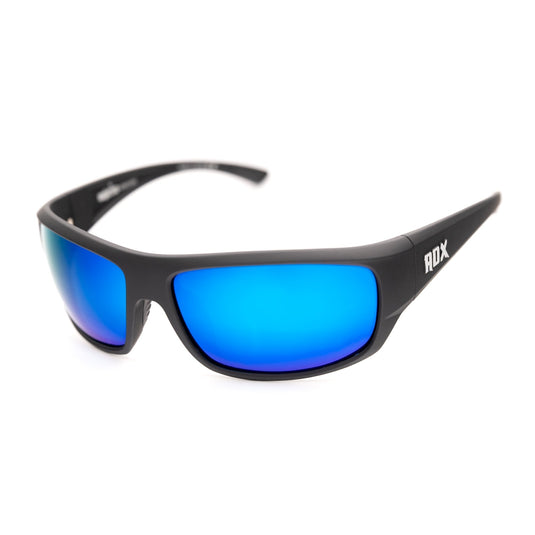Summer Steelhead in Low & Clear Water
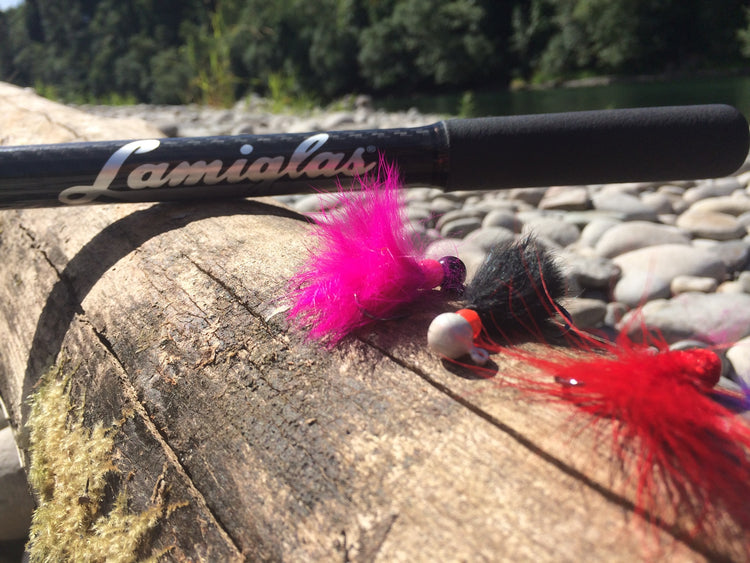
Summer Steelhead are a unique anadromous target. They are different from their winter counterparts in that they are built to enter fresh water before they are sexually mature, and as a result they spend a long time in the tributaries before spawning. Summer Steelhead in the Columbia River start showing up in March and April, and continue to enter the mouth all the way through fall on their way to tributaries like the Cowlitz, Deschutes and other notable summer steelhead tributaries.
Anglers love summer steelhead for a number of reasons. "Summers" are fantastic to eat due to their high fat content which is built to sustain them through the fall and winter. They also are incredibly acrobatic when hooked, often coming out of the water multiple times trying to spit the hook.
No rain in months like July & August can mean very low rivers and clear water. At this point, summer steelhead fishing takes on a whole new meaning. These fish are built to survive and so they adapt quickly to the low, clear water conditions.
Where Summer Steelhead Hold
Summer's are looking for a few key ingredients in the water they hold in. They need:
- Oxygen
- Security
- Water Flow
As summers are first entering tributaries they move up rivers finding security and rest areas along the way. Like any steelhead, they enjoy an even flow across a uniform bottom and will frequently make use of cover like boulders, trees and stumps, though they will not move to those areas if the flow and oxygen is not sufficient. You are not likely to find them in dead water unless it's a situation where a dam, hatchery or some other barrier is affecting the movement of these fish.
Good places to start with summers would be anywhere with solid flow, protection and oxygen. "Riffles" - areas with a broken chop to the water 2 - 7 feet seem to be very productive under many circumstances. Tailouts and typical holes can be productive. You will find that summers move into very shallow, broken water often to get out of the heat and enjoy more oxygen flow. Lighting and time of day is critical in this - we've often found summers in holes and tailouts in the morning and then after the light hits the water they move into rapids, falls and other areas of high oxygenation and secure cover.
Lures & gear
DOWNSIZE. It is key to downsize gear for summer steelhead - lighter leaders, smaller jigs, smaller spinners...clear water makes it essential to rethink your gear presentations.
Think big trout. That's what these fish are. They are aggressive, but only as long as they feel safe. For moderately clear water you can get away with 10 lb mono still but as it clears up, move down to 8 or 6 lb. Also, consider Flourocarbon for even less line visibility. As many of these fish have been in the streams for extended periods of time, they have seen a lot of gear and so they can get line shy.
For floats - downsize those as well. We'd recommend fixed presentations for smaller stream fishing - you can read an article about that HERE.
One of the most deadly steelhead lures in summertime is the spinner! Match your size of spinner to the stream you're fishing. It's wise tol bring a few sizes - 2's, 3's and 4's will do just fine. 4's work great for sweeping through fast moving sections where steelhead are holding tight to the bottom and you need the weight to get it down into their face. 3's are ideal for most situations in my opinion as it allows a bit of "hover" in slower or shallow slots. 2's can be essential if your fishing very low and clear water as it is not as intrusive and does not fall too quickly.
Jigs are a deadly summer lure. Presented correctly, they don't tend to scare fish away and provide an easy meal for holding steelhead. For jig size, 1/8 and 1/16 are usually ideal, with certain circumstances calling for 1/32. Let's move on to colors:
Lure Colors
Jigs:
Spinners:
Be Stealthy
Always cast as far upstream as you can to achieve a good presentation, if you're float fishing you'd like that presentation to arrive naturally in the fishes view. If you cast two feet in front of the fish you're trying to catch, it's almost always going to get spooked.
Sight Fishing
If you're fishing


